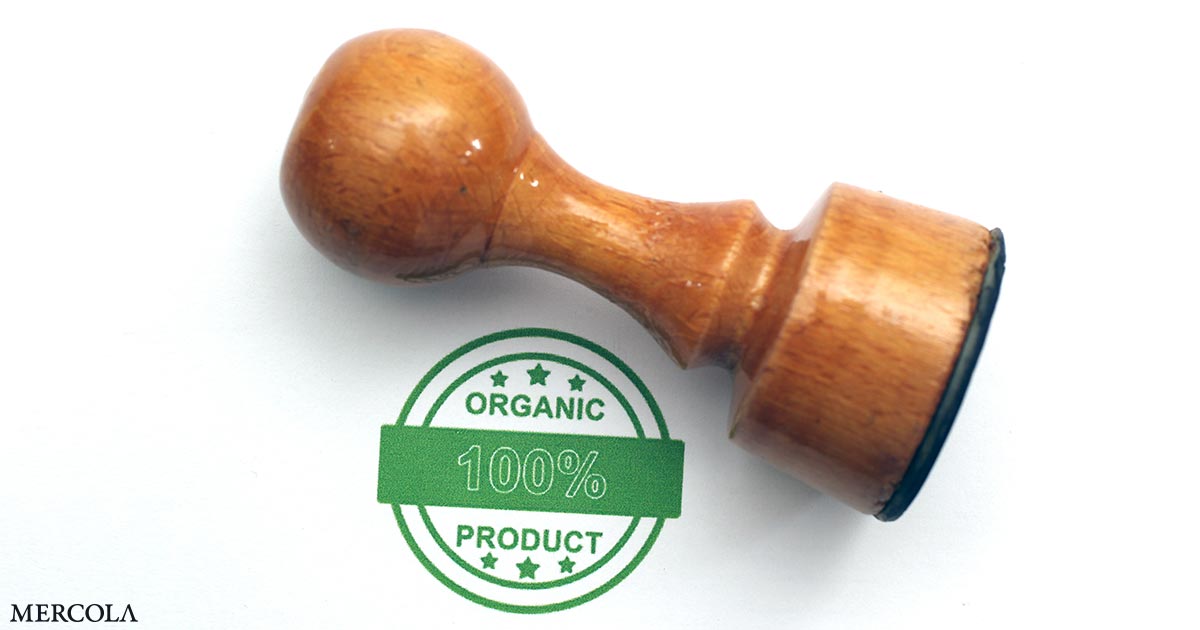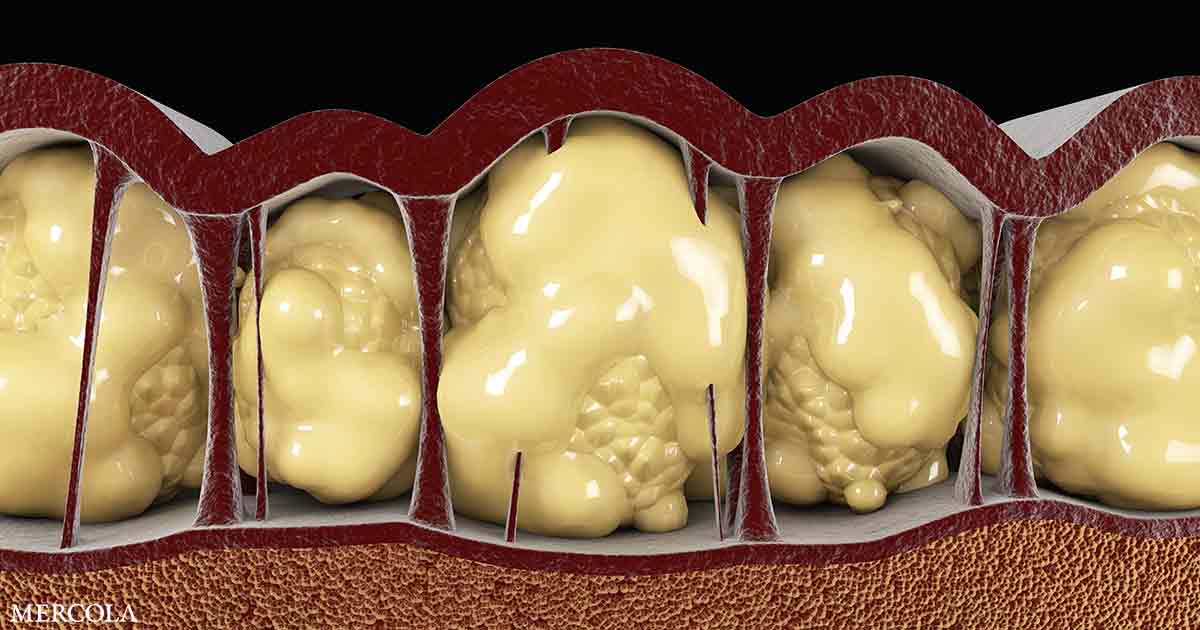
White spots on teeth can be a cause of concern for many individuals, affecting the appearance of their smiles and potentially indicating underlying dental issues. While some white spots may be harmless, others can be a sign of tooth decay or enamel damage. Understanding the various causes of white spots on teeth can help you identify potential issues and take appropriate action to maintain your oral health. In Family Dentistry Seattle, addressing white spots on teeth is a common concern among patients seeking to achieve optimal dental wellness.
White spots on teeth can be caused by a number of things, including underlying dental problems, poor oral care, and food variables. In Family Dentistry Seattle, addressing the causes of white spots on teeth is essential for maintaining optimal oral health and preventing dental problems. A balanced diet, expert dental care, and excellent oral hygiene can all help people lower their chance of developing white spots and maintain healthy, attractive smiles for many years to come.
24World Media does not take any responsibility of the information you see on this page. The content this page contains is from independent third-party content provider. If you have any concerns regarding the content, please free to write us here: contact@24worldmedia.com

When My Mom Got Sick, This TV Show Kept Us Going

Food Additive in Pizza, Pancakes Linked to Lower Sperm Counts

The Ins and Outs of Organic Food Labeling

Even With Gaza Under Siege, Some Are Imagining Its Reconstruction

U.S. Lags Behind Other Countries in Hepatitis-C Cures

Bill Harris: Omega-3 – A Simple Way to Lower Your Risk of Disease


Chasing a hockey dream together: How Luke and Sophia Kunin make the first NHL-PWHL marriage work

Why Constipation Is on the Rise

Mistakes To Avoid When Planning for Retirement

‘To the Future’: Saudi Arabia Spends Big to Become an A.I. Superpower

Antidepressants: What to Know About Uses and Side Effects